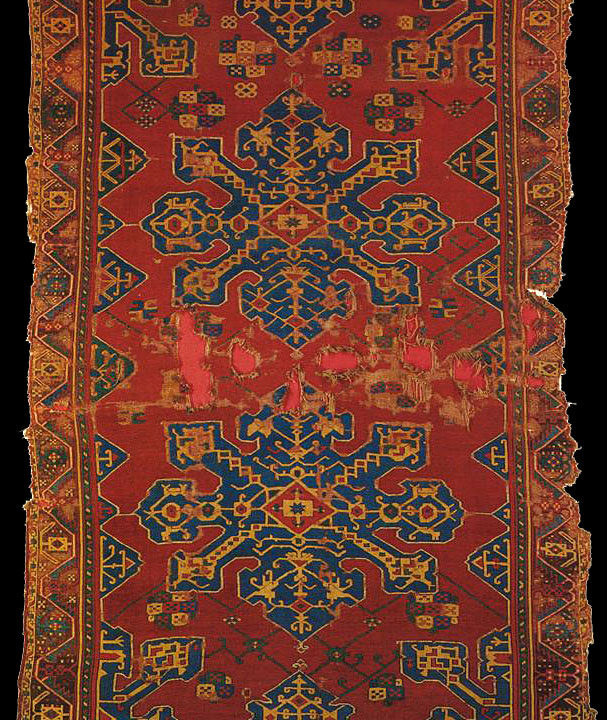
Colors Used In Turkish Textiles
November 13, 2020
The Geography of The Western Taurus Mountains – Turkey
November 16, 2020Turkey has been always a very important point of the Middle-East from the first periods of humanity until nowadays. The earliest human beings who developed a life cycle in North-Eastern Africa had migrated to Asia and Europe through passing from Anatolia. This case is also valid for the other living creatures such as animal and plant species, because The Anatolian Peninsula is like a bridge between east and west protected by high mountain ranges on the north and south sides.
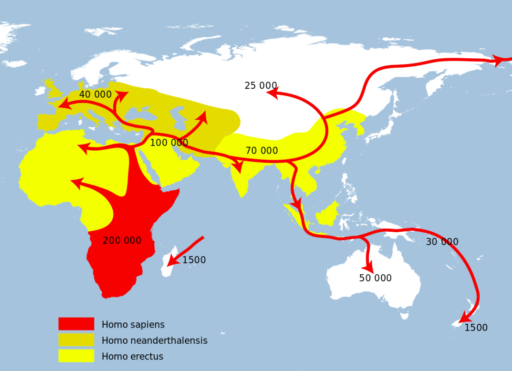
Homo Sapiens Migration Routes
This property provides to the land not only a passage between the biologic species of the eastern and western parts of the Globe but also a cultural passage area between Europe and Asia from which many civilizations had gone through and many others stayed and built states, cities.
The geographical differences between the eastern and the western part of the Globe had created cultural, economical, and technological differences since the earliest times of human civilization. The goods traded between the eastern and western lands created by the time some trade roads which are being defined several centuries before Christ. These roads have been secured by the states and civilizations around them because they were not only a very important source for the economics of those regions but also the only way to link those isolated lands in the middle of the two continents to the external world.

Medieval picture depicting the journey of Marco Polo Crossing the Silk Road 14th century
Thanks to the geopolitical and geographical properties of the Anatolian peninsula the ending points of those trade roads finished in the important ports of the land, such as Istanbul, Izmir (Smyrna), and Trabzon, just before passing to Europe. This fact made those ports very important trade markets and also very important production points for some crafts and artifactsas well as some unique services such as oriental medicine. Moreover, those market points in Anatolia, as well as the country itself, had the role of representing almost all of the crafts, artisanship, and goods traded generally from the East to the West.
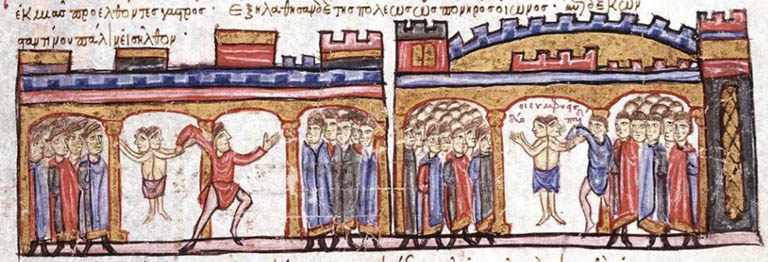
A Byzantine hospital depicted in the book of the Byzantine doctor Leo the Deacon. 10th century.

A Byzantine doctor A Byzantine hospital depicted in the book of the Byzantine doctor Leo the Deacon. 10th century.
Istanbul has been the production and trade center of the famous imperial purple-colored textiles since the early Hellenistic times. Izmir also has been known as the production and trade place for the worldwide famous Turkey Red textile color, even though the Turkey Red dye applied on cotton fabrics was generally formulated and mastered in India. Because the trade center for those scarlet-colored textiles was Turkey, the brand for them is being developed by using the name of the country from which those textiles unloaded from camels coming from the Eastern countries were loaded and sold out by ships to European countries.

Byzantine Emperor Justinian with a costume dyed with Murex shells to imperial purple color, which was famous in the Levant. 6th century St. Vitale Cathedral, Ravenna, Italy.

Genovese Defender of Constantinople having Turkey Red costume. Painting of Andrea Del Castagno, mid-15th century
Coffee is another example of this fact. The coffee plant which has been cultivated and used for many millenniums in northwestern Africa and Southern parts of the Arabic peninsula was not necessarily used as of today. Either the leaves were boiled and drunk as tea or the seeds were boiled beside the seeds were rarely roasted, ground, and boiled. Ottomans who had conquered the land spread the last method of preparing the coffee as a very important stimulant hot drink. Once spread in the Ottoman culture it was brought and left in Vienna by them during the unsuccessful siege of Vienna. People in Vienna had discovered the leaved sacks and learned from captive Ottoman soldiers how to cook it. From that time the name of the new and extremely popular hot drink spread in Europe is the Turkish Coffee.

Jean-Baptiste_Vanmour_-_Women_Drinking_Coffee, Istanbul 17th Century

An orientalist gravure of late 18th century, depicting a coffee house in Istanbul, by Amedeo Preziosi.
Silk velvet produced in Bursa or Istanbul called Çatma was mostly traded to Venice by Venetian and Genovese tradesmen. The textile was so much appreciated by Venetians, the local silk producers of Venice had begun to produce silk Çatmas and even made trade alliances with Turkish producers to exchange patterns and methods.

Venice Velvet, highly similar to Bursa Çatma Velvet Style, 16th century he Metropolitan Museum of Art, New York, US.
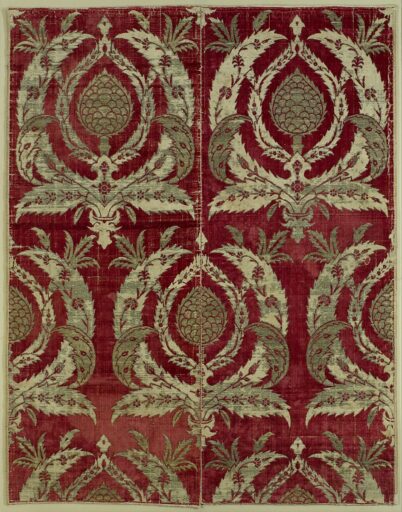
Bursa Çatma Velvet 16th Century Ottoman Era, The Metropolitan Museum of Art, New York, US.
Famous oriental carpets and extremely elaborate fabrics produced in Anatolia or more eastern parts of the continent such as the Uzbek land, Afghanistan, or India as well as exotic spices and perfumes were traded from Istanbul or Izmir ports towards the rich and noble houses of Europe. So the majority of the audience in Europe was linking all those exotic products and the sense of the exoticism itself with Turkey and mostly with the city of Istanbul. By this perception, the goods coming from the oxidant were always presented as coming from Istanbul and generally were very much appreciated by their quality, workmanship, and artistic properties. This is how Orientalism is born in the minds of Europe.
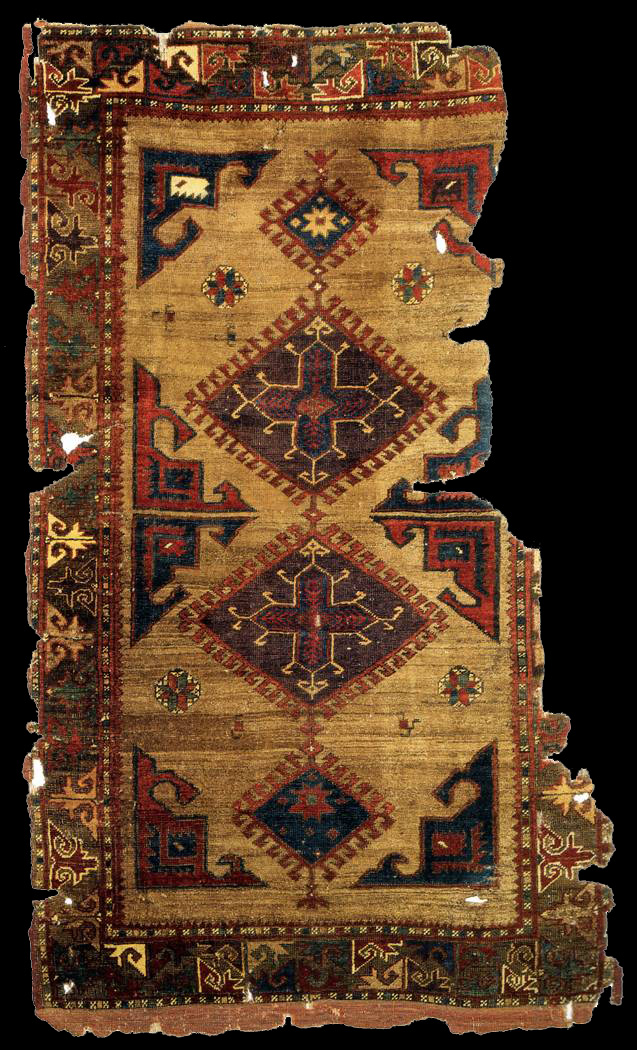
Konya Carpet, 17th Century Turkish and Islamic Arts Museum collection, Istanbul
In the middle-age one could see one Genovese tradesman coming from Italy, one Turkish shopkeeper, one black caravan holder, and one Central Asian or Iranian fabric seller discussing all together in a small coffee shop in the backyard of the Grand Bazaar in Istanbul. Maybe it is still the case despite modernity and globalization which is erasing the local properties and specialties of cultures and civilizations.

Istanbul, the Ottoman Capital Capital with the Genovese part named Pera, 16th Century gravure by Georg Braun and Franz Hogenberg, 1572
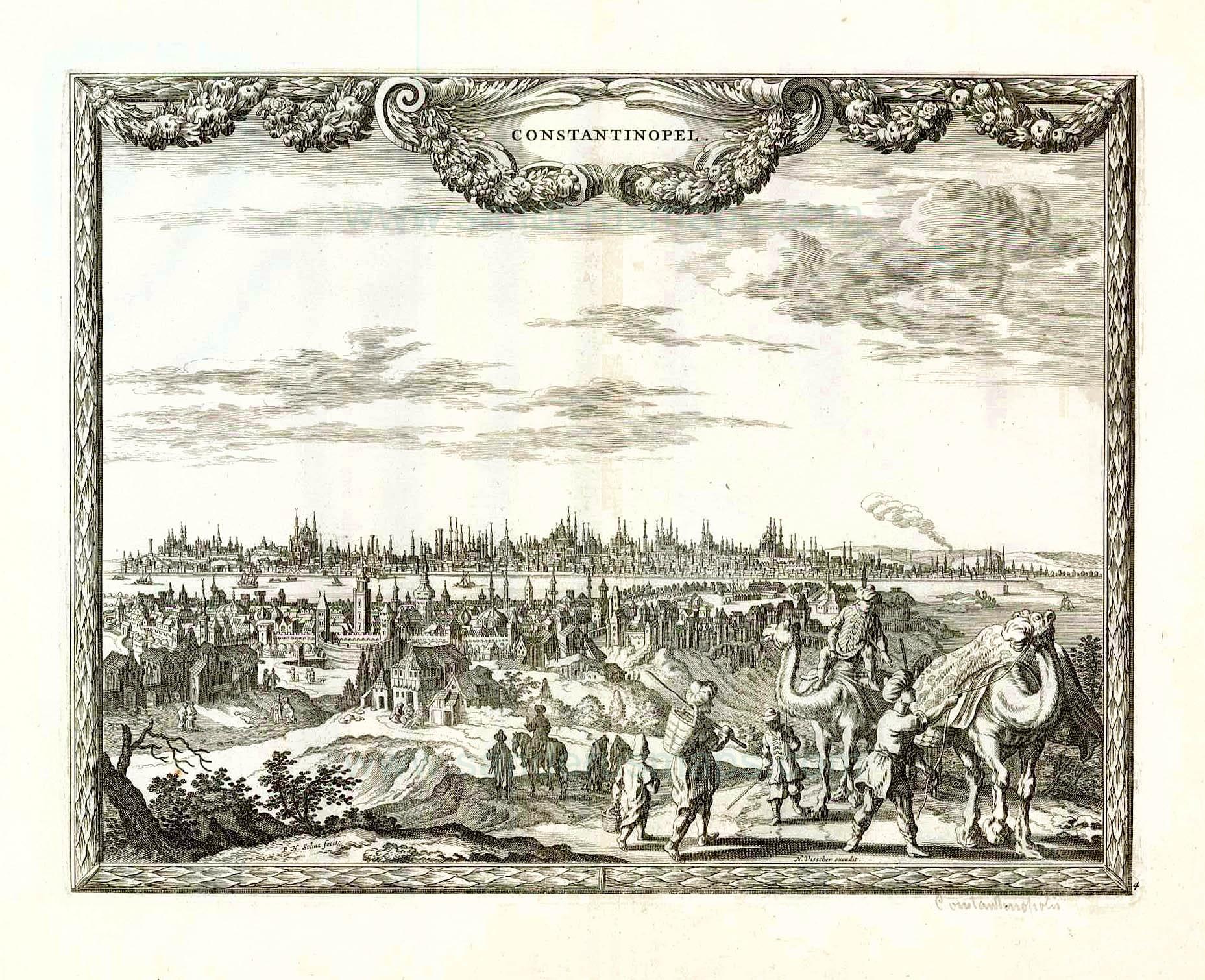
A European Gravure of 17th Century depicting Istanbul, by N. Visscher & P.H. Schut. 1658



